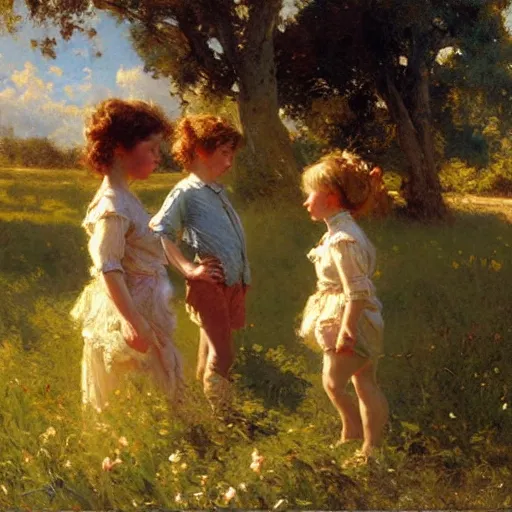The first week of my internship is over. Every day, I spent 4–6 hours outside in the outdoor space in the cold. I thought I wouldn’t make it or might get sick, but to my surprise, I managed! My motivation came from the children—they could do it, so I believed I could too. Watching them, I learned from their resilience. Like them, I sometimes had a runny nose, and the cold wind made my eyes water sometimes. But the kids played happily outdoors, full of energy, which was contagious. So, having a runny nose became as normal as sneezing. I’m grateful for this physical challenge; it showed me that my body can adapt better than I expected.
The teaching team in my class is excellent. They good at implementing emergent curriculum, so the kids play and learn in new ways every day. The days feel long and repetitive, but despite limited resources and environment, the educators make daily routines and outdoor spaces exploration fresh and different. They observe the kids closely and adapt plans based on their needs and interests. To do this well, they need to be very observant and empathetic.
Our class has 20 kids. At first, I felt overwhelmed trying to match names to faces—I thought it would take me a long time period. But spending time with the kids turned out to be the best way to learn. By the end of the week, I could recognize 19 of the kids, except for one who was on vacation in Japan.
I made an effort to interact with each child, and through this, I had 19 unique experiences with them. This helped me learn their personalities and characteristics. The BC Early Learning Framework (BC ELF) asks reflective questions like: “How do I create time and space to co-construct knowledge with each child? How do I identify and name the unique qualities I see in each child?” (BC ELF, 2019, p.73). I’m not there yet, but I plan to understand the kids better so I can support them more effectively.
The kids are adorable and warm. For example, F loves building vehicles with movable parts and he really did a nice job. He proudly showed me his creations and we even role-played cutting Christmas trees and loading them onto trucks together. We laughed a lot together looking at each other through the funny mirrors which are found on the North Pole topic table.
Then there’s M, who’s from South America. When I asked his name, he said, “DELL,” which I later realized was part of his full name. He’s energetic, although he can’t express himself in English, he is happy, always with a smiling face. One day, while building a tower with wood blocks, he started exploring percussion sounds. It reminded me of my lively, talented South American classmates.
A and J are good friends who have grown up in this care center since they were little. They’re more independent than the other kids. One day, they decided to play volleyball with a big yoga ball. A said J wasn’t playing it the right way, but J insisted he was. They argued until J got upset and sat alone behind a playhouse. A, meanwhile, kicked the yoga ball around like a soccer ball but didn’t look happy either. When the teacher called everyone inside, they quickly made up and went in together like nothing had happened.
P and J also had a conflict once. J used a toy truck to mark a spot in the gravel and claimed it as his area. P walked over and stood inside the marked area, refusing to leave. J got upset and asked P to move, but P wouldn’t budge. M(my practicum partner) and I tried to mediate, but neither child would compromise. We were about to ask educator J for help, but before she arrived, they resolved it themselves and started playing happily with pinecones.
Vivian Paley used a tape recorder to document children’s stories and called herself just a “storyteller.” What she did was fascinating and remarkable. Children’s lives and thoughts truly are treasures worth exploring.
Some of the children are under tailored care plans, and most of them come from newly immigrated families. This means they face challenges such as limited English language skills and adapting to different lifestyles. Despite these hurdles, I’ve already seen remarkable growth in them. For example, they’ve shown a growing willingness to play outdoors even in the cold. I look forward to witnessing and supporting their continued development ahead.
